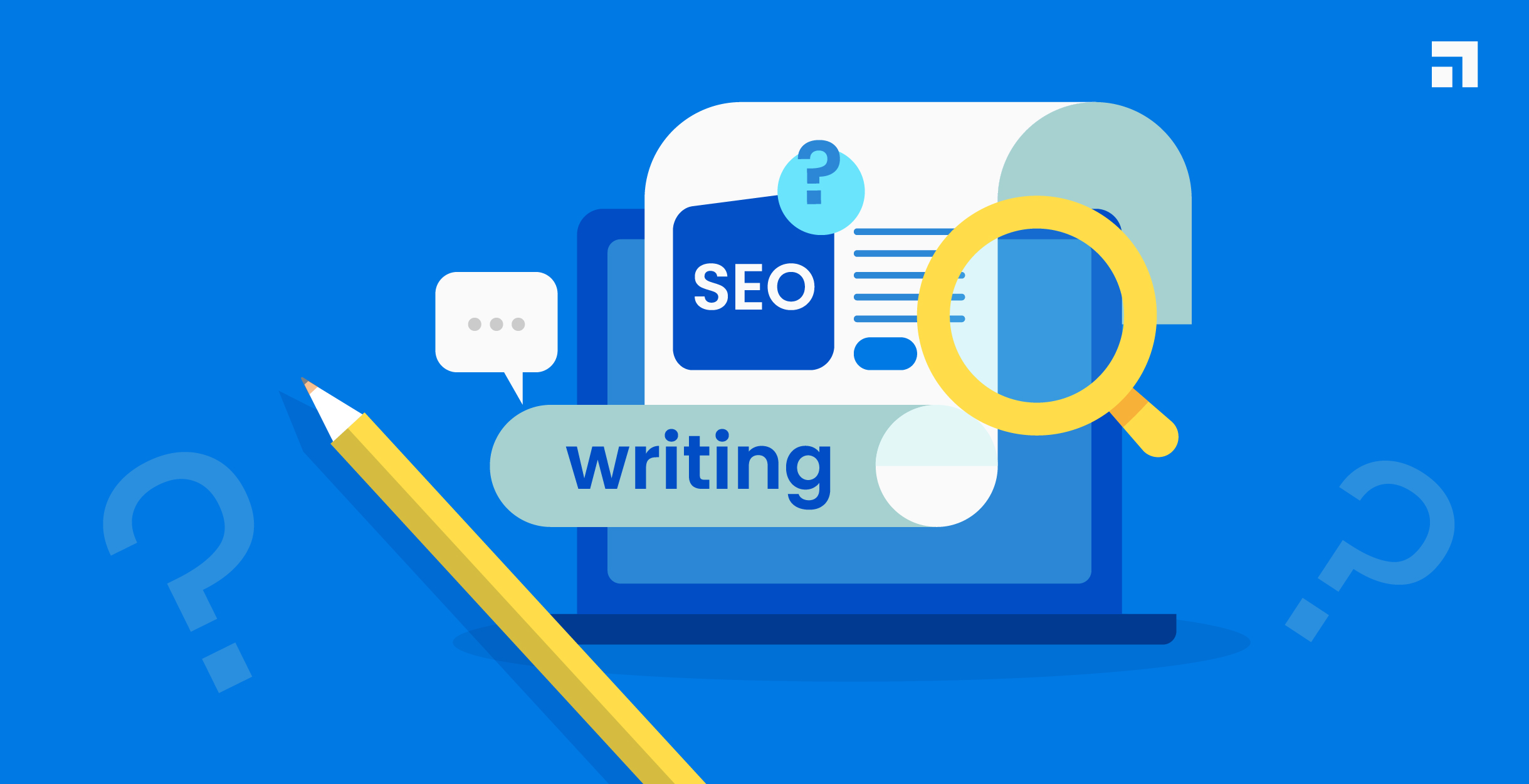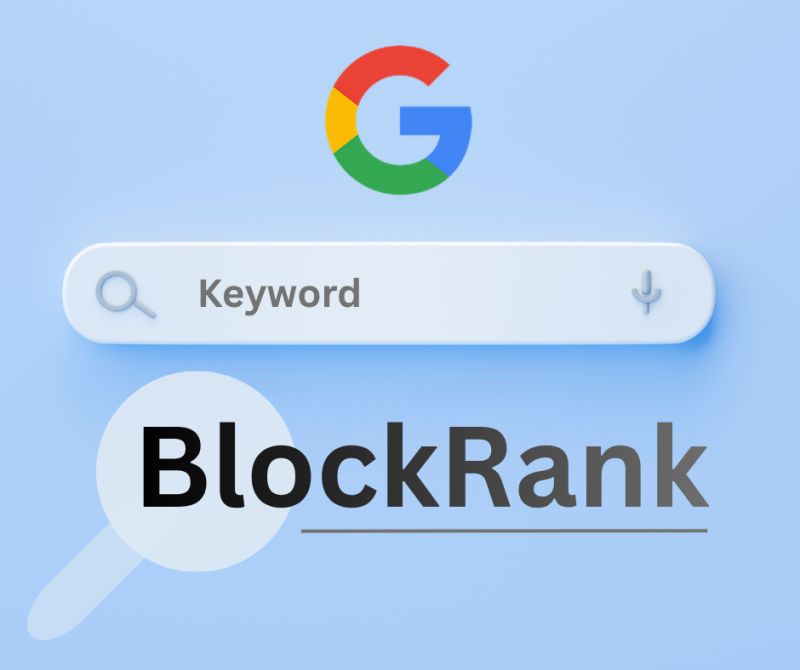



You’ve built a strong library of content over the years, with some pages still performing and others starting to fade. The question every business faces is whether to update existing content or create something new. The decision can shape your site’s visibility, engagement, and conversions.
A good SEO strategy is about more than publishing more blogs. It’s about keeping your website relevant as algorithms and user behaviour change. What once ranked well might no longer meet intent. This is where on page SEO services help by analysing performance, spotting opportunities, and guiding whether a refresh or a new page will deliver better results.
Let's get the definitions straight, because they guide your entire strategy. Content refreshing is like renovating a room in a structurally sound house. You're keeping the foundation but updating the fixtures, paint, and furniture to meet modern standards.
In SEO terms, this means updating an existing page with fresh data, new examples, better keywords, and improved formatting to align with current search intent. The URL and the core topic remain the same, but the value it offers the reader is significantly enhanced.
Content rebuilding is closer to adding a new extension to your house. This involves creating entirely new pages because an existing theme is fundamentally outdated or a completely new topic has emerged.
For instance, if your business launches a new service line, it needs a dedicated new page. Trying to cram that information into an old, semi-related post just won't work. The decision to refresh or rebuild hinges on user experience and SEO impact.
A good on-page SEO service can diagnose this by analysing a page's semantic relevance and factual accuracy, telling you whether a tune-up is sufficient or if it’s time to lay a new foundation.
Your website data often shows when a page is starting to lose traction. Drops in keyword rankings, higher bounce rates, or outdated information such as old statistics or trends are clear signs the content no longer meets user intent.
This is where on-page SEO services can help, as a thorough audit examines the key elements affecting performance, from structure, headings, and metadata to internal links and keyword use. For instance, your title tag may no longer match current search terms, or your content may lack the depth that competitors now provide.
Before rewriting, a structured content audit should include:
Sometimes a refresh isn’t enough. As your business evolves and new customer needs appear, your existing content may no longer fit. When you launch a new service, expand into another location, or target a new audience, creating a new page is often the best move. It allows you to speak directly to that intent without forcing old content to do a new job.
One of the main reasons to build a new page is to prevent keyword cannibalisation, which happens when multiple pages compete for the same keyword. This confuses search engines and weakens rankings. For instance, if your “Plumbing Services” page also tries to rank for “Emergency Leak Repair,” both pages lose clarity. A separate “Emergency Leak Repair Services” page lets you optimise the URL, title, and headings around that specific search, giving Google a clearer signal.
Adding new pages also strengthens your website’s topical authority. By creating related content around a main pillar page and linking them together, you show depth in your subject area. This internal linking improves navigation for users and helps distribute ranking strength across your site.
The strongest content strategy isn’t about choosing between updating and creating, but rather a balance of both. Think of it as a cycle of reviewing, improving, and expanding.
Start by identifying your top-performing pages, the ones that already rank well or generate leads. These often need only light updates, such as refreshed stats or added insights to stay competitive. Then use keyword and market research to find gaps where your site lacks coverage. These gaps are ideal for new content that attracts fresh visitors and answers emerging questions.
To guide this process, rely on consistent SEO reporting. Tracking performance across refreshed and new pages reveals what’s actually driving growth. You might find that updating older guides increases engagement, while publishing new case studies delivers conversions. These insights help you focus your efforts where they’ll have the biggest impact.
After you’ve put in the work to refresh a page, how do you know if it was worth the effort? Success is measured through specific key performance indicators (KPIs).
You'll want to watch for improvements in keyword rankings for the page's main targets, an increase in its organic click-through rate (CTR) from search results, and better user engagement metrics like a lower bounce rate or longer time on page.
For newly created pages, the metrics are slightly different. Initially, you’ll monitor indexing speed, otherwise known as how quickly Google finds and adds your new page to its database. From there, you'll track its ability to rank for new keywords and diversify your site's overall keyword profile.
Ultimately, the most important metric is its impact on your business goals, such as lead generation or sales. A new page is truly successful when it starts contributing directly to your conversion rate improvement.
At SEO Growth, our reporting tools are designed to connect these on-page SEO outcomes directly to your bottom line. We don't just show you traffic spikes; we show you how that traffic translates into real revenue impact. This focus on ongoing, transparent reporting is crucial. It allows us to continuously refine and adjust your content strategy based on what the data tells us is actually working to grow your business.
Many businesses invest heavily in content but don’t see results because of a few common missteps. Here’s what often goes wrong and how to avoid it:
These issues are avoidable with a structured content review process and consistent tracking through SEO reporting, ensuring your updates actually move the needle.
Deciding whether to refresh old content or create new pages is an ongoing part of smart SEO. The right choice depends on your goals, current performance, and audience needs. The best results come from a balance: updating high-value pages that still convert and expanding into new topics where opportunity exists.
Professional on-page SEO services and clear SEO reporting make these decisions simple. They reveal which pages are slipping, where new opportunities lie, and how your updates impact rankings, engagement, and revenue.
At SEO Growth, we help Australian businesses turn content decisions into measurable results. If you’re ready to refine your strategy and scale with confidence, let’s talk.

We value your privacy
We use cookies to enhance your browsing experience, serve content, and analyse our traffic. By clicking "Accept All," you consent to our use of cookies. Cookie Policy

